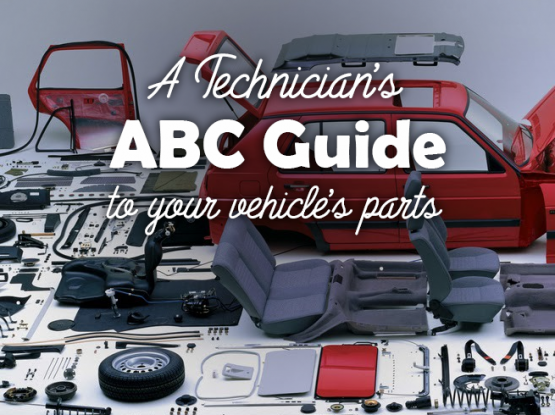This article will help you decipher the code on the sidewall of your tire.
The first section of the code on your tire will be a one or two letter code, or the absence of letters.
- P: Passenger Car
- LT: Light Truck
- ST: Special Trailer
- T: Temporary (basically limited to your small spare wheels)
- No Letter: The tire has been engineered according to European standards
The next section will be a three digit code. This is the “nominal section width” of the tire, measured in millimeters. It is measured from the widest point from sidewall to sidewall.
The following section, separated by a slash, will be a 2 or 3 digit number, or again omitted. This number is the aspect ratio, specifically of the sidewall height as a percentage of the number previously mentioned, the nominal section width. If it is not included, you can assume it is 82 (%), and if it is larger than 200, it is actually the diameter of the entire tire, again in millimeters. If you’re confused at this point, no worries, that’s what a tire shop is for!
Up next, another optional/omitted portion, is a letter that represents the fabric innards of the tire.
- B: Bias-ply, with which the sidewalls are the same material as the tread making them rigid, which has certain applications
- D: Diagonal
- R: Radial
- Omitted: Cross-ply
Most tires you’ll find at a tire shop for passenger style cars are going to be radial, at least for anything in the last 25 years or so.
The next section of the tire code is going to be a 1 or 2 digit number. Oddly enough, this one is going to be in inches almost always, unless it is a very large 3 digit number indicating the oddball mm sizing. This number is the diameter in inches of the wheel the tires are meant to fit.
Following, another 2 or 3 digit number, the load index. This number isn’t directly representative of any measurement of weight the tire can bear, but a tire shop will have a chart, and more than likely staff who have it memorized.
Next is the speed rating, another code within the code requiring a table to decipher. This is representative of the max speed a tire can carry the load indicated by the load index for a prolonged period (for safety, you may not want to push it even for a short period!)
There’s a great deal of other marks that can come at the end, such as M+S or M&S for mud and snow, or M+T or M&T for mud and terrain, letter combinations referring to the construction or certain regulator body approvals.
Sound like deciphering hieroglyphics? Bring your vehicle to Mr. Tire Auto Service Center in El Campo or Bay City, TX and have tire experts find the perfect tire for you.




